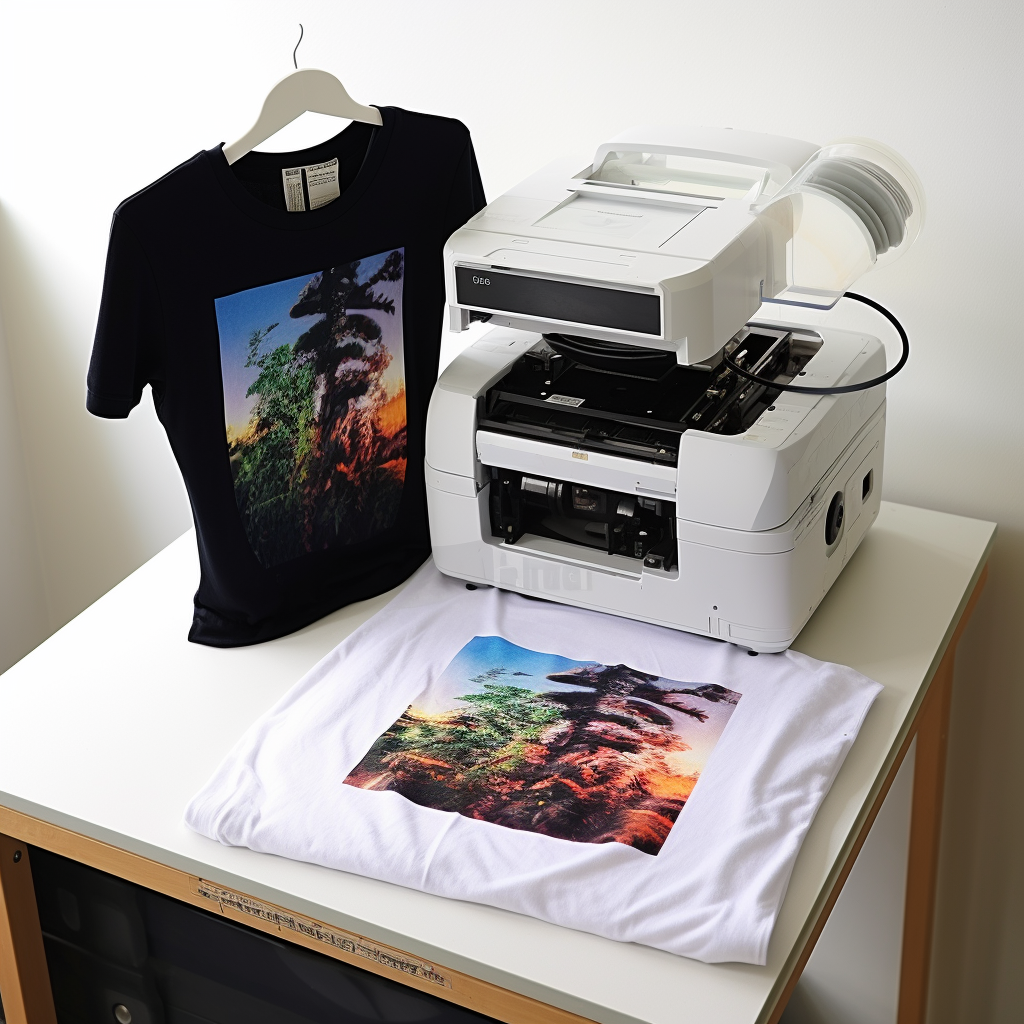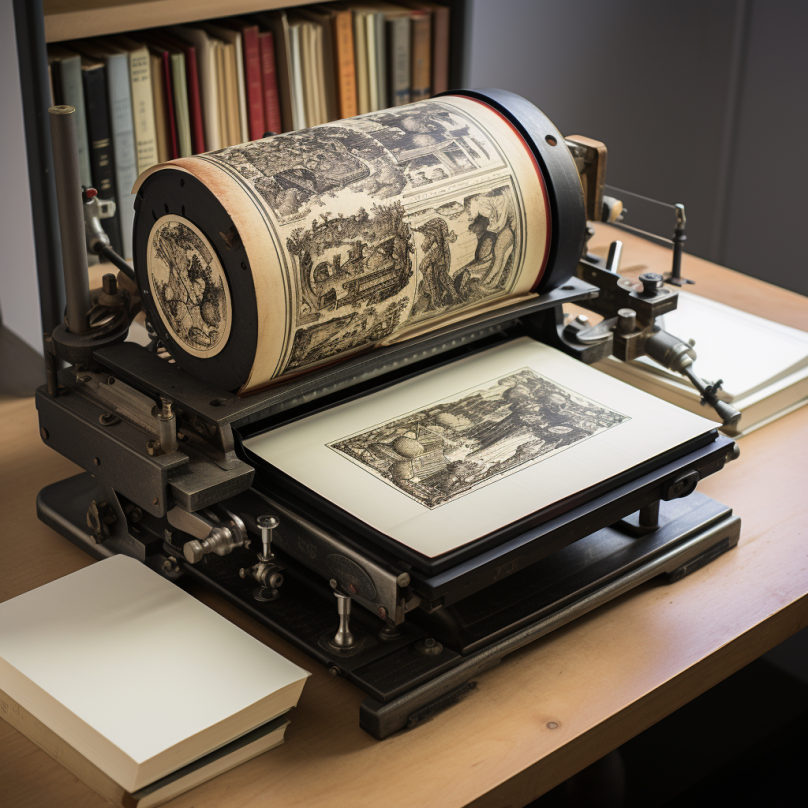Print on Demand


On this website I promote my print on demand products on Amazon
Print on Demand (PoD) is a manufacturing process for print products that has been in use since the mid-1990s. Another name for this manufacturing process is Book-on-Demand (German Abrufbuch or Buch auf Bestellung, occasionally abbreviated to BaB). However, Book-on-Demand is often mistakenly equated with the self-publishing platform Books on Demand.
The process is based on digital printing technology: the artwork is created as a digital data set and can be held by the manufacturers in perpetuity. Printing or production may only take place immediately after an individual copy has been ordered. This contrasts with traditional printing processes such as offset printing, which are generally only used to produce fixed runs in advance and are only profitable for customers once a certain run size or number of copies has been reached due to warehousing and fixed costs.
For print on demand, there are also special workflow systems with finishing processes suitable for very short runs in the area of cover finishing and binding. Thanks to this process, the range of books has expanded considerably, as non-professional authors in particular can now publish self-published book titles relatively inexpensively.
To the Print on Demand process
Technically, there were still limitations compared to offset printing, especially for high-resolution images and color printing, because digital printing processes worked with lower screen resolutions and color calibration was not economical for very short runs or individual prints.
Computer technology significantly simplifies the production process and enables cost reductions. First, the inner part and cover are typeset. As a rule, there is then one file each (e.g. as a PDF, previously often as a TIFF-based format) for the cover and the inside section, which goes through a test print – the so-called mastering – and after post-processing and subsequent approval by the customer (publisher or author) is stored in the print shop’s system for future prints. Depending on requirements, individual copies or small batches can then be produced at short notice.
Although pure production – printing of the inside section and cover, cover finishing, binding – sometimes takes only a few minutes in total, the delivery times of most suppliers are usually a few days to weeks, as the economic utilization of the facilities – especially before the book fairs and during the Christmas business – leads to waiting times for the individual orders. Many suppliers who also handle delivery in addition to production therefore work with small buffer stocks in order to be able to deliver at short notice.
Just-in-time production of books using the print-on-demand process directly on site in bookstores has so far suffered primarily from quality deficiencies in binding and cover finishing. The Espresso Book Machine launched in the USA in 2007, for example, was designed for this type of production. Worldwide, such presses were in operation at 25 locations in October 2009 and at 61 locations in May 2012, three of which are in Europe (Amsterdam (2) and Canterbury (1)).
Applications
Print-on-demand is particularly suitable for book projects whose print runs are difficult to calculate or can only be predicted to be relatively small. Although the unit costs are higher than for conventional print runs, storage, distribution and financing costs are saved.
With the comparatively inexpensive print-on-demand technology, self-cost publishers (“pseudo-publishers”) and in particular the self-publishing platforms that are possible in the first place as a result have taken off. As digital service providers for self-publications, they offer complete packages for production, distribution and collection and, for an additional fee, also offer (individual) services beyond this, such as editing, book typesetting and cover layout.
However, almost all major publishers now also use print-on-demand, especially for reprints and unchanged reprints of out-of-print works and for specialized technical and non-fiction books such as frequently revised manuals and software documentation.
Since Book-on-Demand itself has not proved registrable as a trademark – it is the descriptive term of a process – many digital print providers and publication service providers now use the term Book-on-Demand in their names. By contrast, the abbreviation BoD, which is also frequently used in this context, is a registered trademark (and proper designation) of the German company Books on Demand in any spelling.